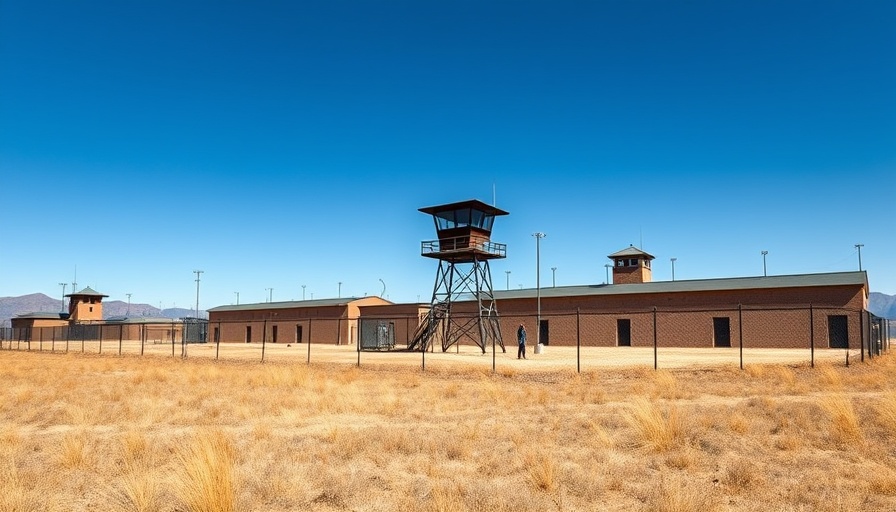
California Prisoners Initiate Hunger Strike Amidst New Restrictions
In recent weeks, California's prison system has witnessed a significant rise in tensions as inmates across multiple facilities have initiated a widespread hunger strike. This protest is a direct response to new restrictions implemented by the California Department of Corrections and Rehabilitation (CDCR), described as the most severe since the onset of the COVID-19 pandemic.
The New Restrictions and Their Consequences
The latest changes have further limited inmates' access to essential services and activities, including visitation and recreation. Many inmates argue that these restrictions are disproportionate and unnecessary, particularly in light of the ongoing discussions about prison reform. The limitation of visitation rights affects not only inmates but their families and communities as well. Bakersfield residents, many of whom have loved ones in prison, are deeply concerned about the implications of these restrictions on familial relationships and rehabilitation processes.
Historical Context of Prison Conditions
California’s prison system has long faced challenges, from overcrowding to inadequate mental health care. Historical attempts at reform have met resistance due to political and institutional inertia. Activists have pointed out that this hunger strike is the latest chapter in a long history of prisoners advocating for their rights. Notably, prior hunger strikes in 2013, led by inmates to demand a halt to solitary confinement practices, garnered public attention and legislative inquiry.
Voices from Within: Perspectives from Inmates and Activists
In a surprising twist, some inmates have stepped forward to share their thoughts on the new restrictions and the hunger strike. One inmate, who preferred to remain anonymous, stated, "We are not just fighting for ourselves; we are fighting for our families outside. We want to be treated with dignity, even inside these walls." Activists echo this sentiment, emphasizing that the struggle for inmates’ rights is a wider issue linked to social justice and equity.
Relevance of Local Advocacy
For those residing in Bakersfield and surrounding areas, this hunger strike is not just a prison issue; it is a community issue. Local advocacy groups are rallying to support the strikers, staging demonstrations and urging community members to voice their concerns. This moment serves as a reminder that the plight of inmates impacts everyone, particularly those with loved ones incarcerated within the California penal system.
Counterarguments: The Other Side of the Coin
While many support the hunger strike, various authorities argue that restrictions are based on safety protocols intended to prevent the spread of illness, especially in light of COVID-19. Officials maintain that maintaining health and safety within prisons is paramount. The ongoing discourse illustrates the tensions between safety protocols and the rights of inmates, a debate that often divides public opinion.
Looking Ahead: What Comes Next?
As the hunger strike progresses, the possible outcomes remain uncertain. Advocacy groups hope that public support may lead the CDCR to reconsider the restrictions imposed, while skeptics believe these protests might fall on deaf ears. Observers of the situation stress the importance of continued dialogue between prison officials, inmates, and their advocates.
Conclusion: The Need for Change
The current hunger strike underscores not only the immediate grievances of inmates but also raises important questions about the broader conditions within the California prison system. For residents of Bakersfield, supporting the movement could mean engaging with advocacy efforts, participating in community discussions, and understanding the human stories behind the statistics. As calls for reform grow louder, it is crucial for community members to pay attention and lend their voices to this significant issue.
Now more than ever, it is essential for community members to stay informed and involved. Engaging in discussions about prison reform and supporting local advocacy efforts can help drive change in California's correctional facilities.
 Add Row
Add Row  Add
Add 



Write A Comment